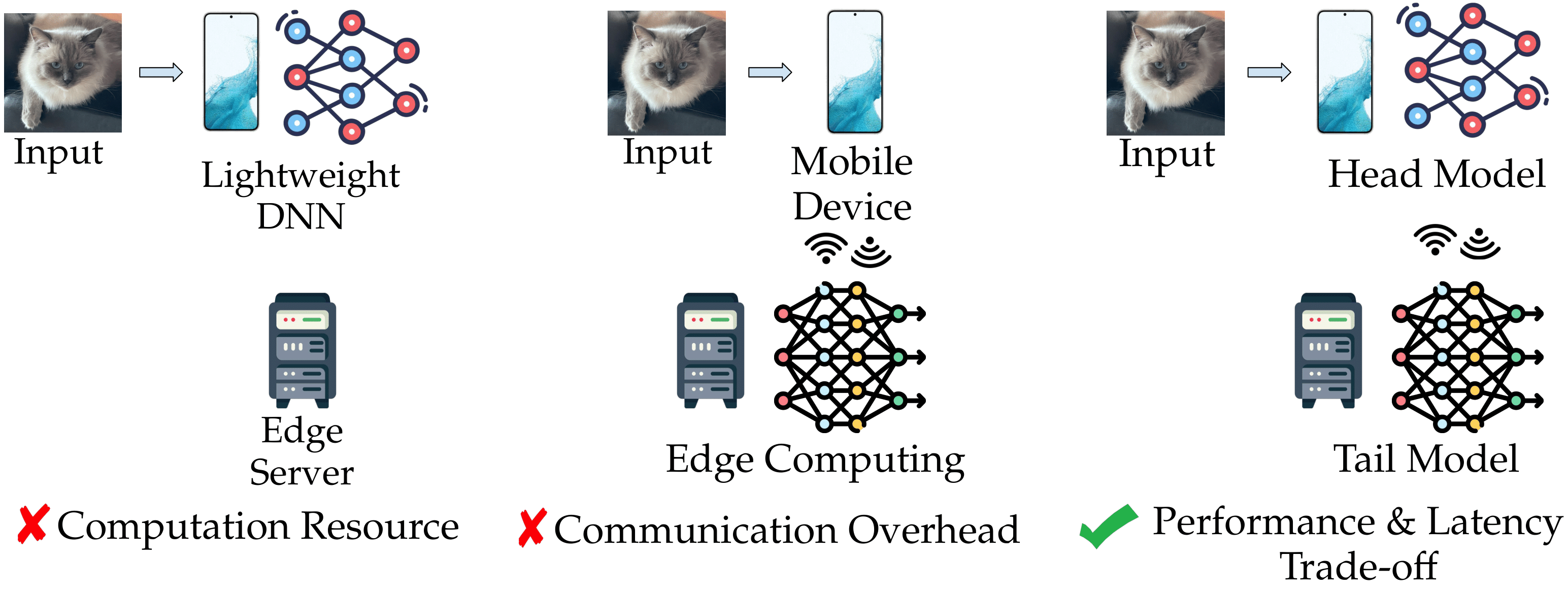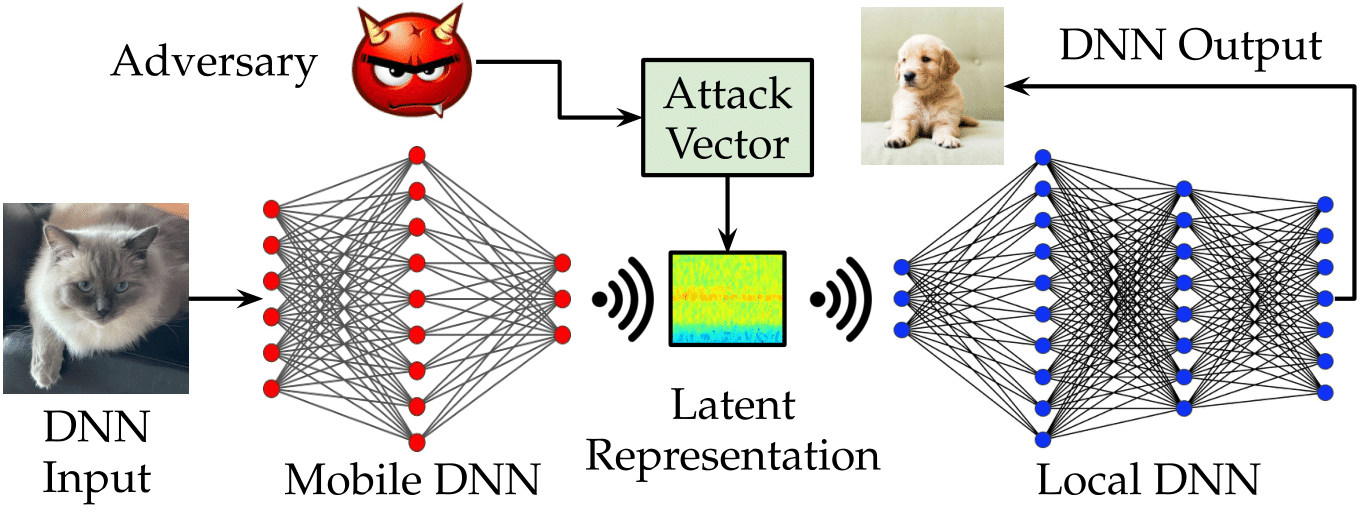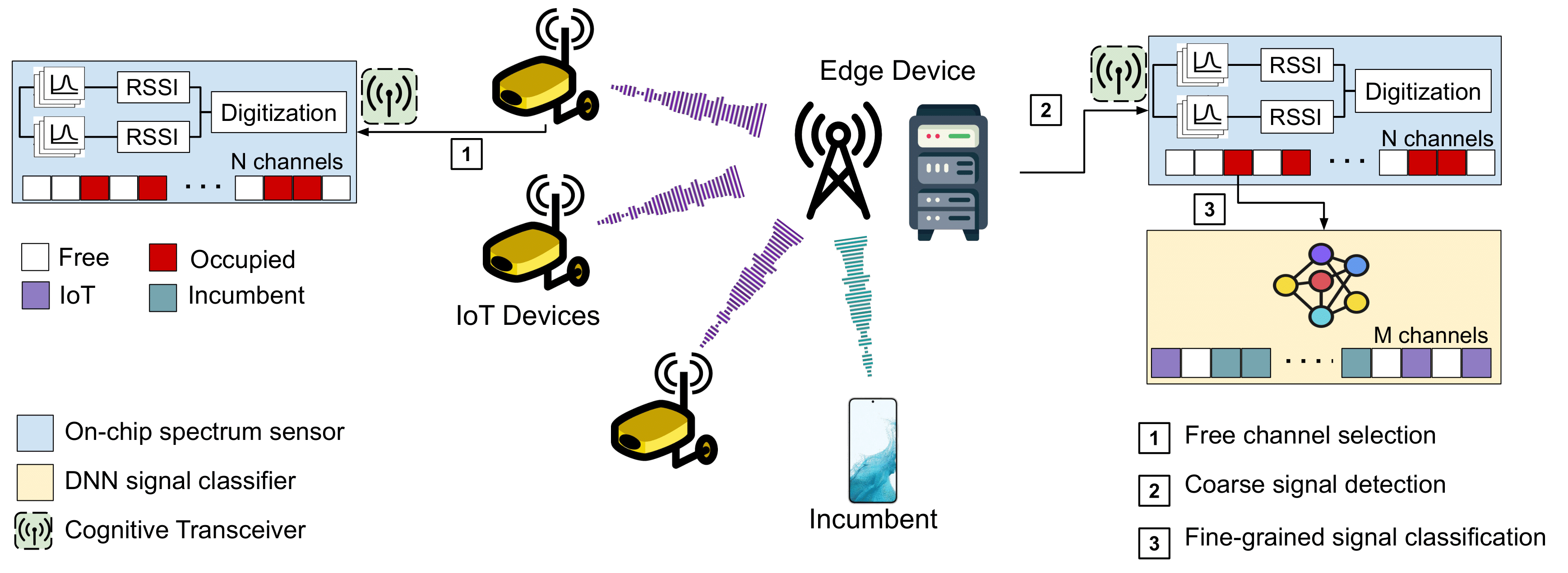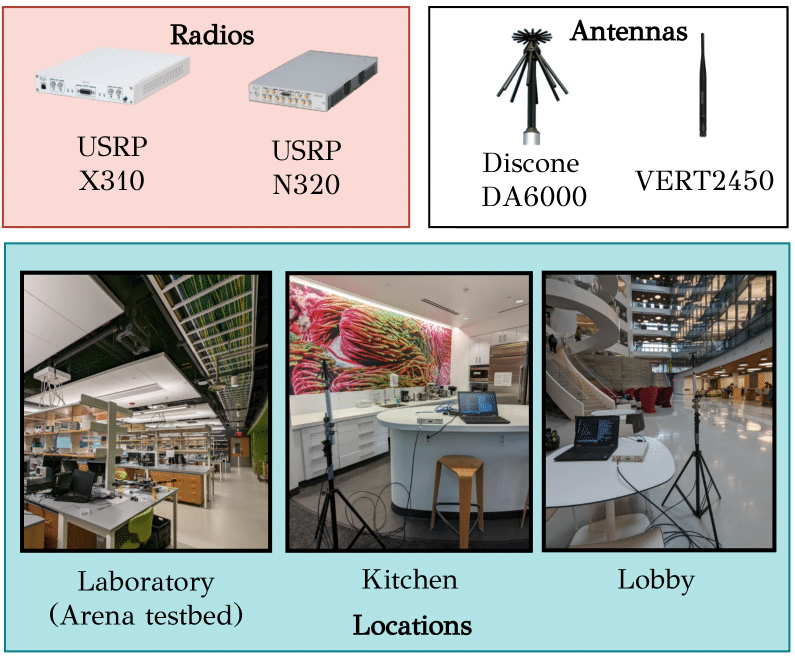
Dynamic Defense to Adversarial RFMLS
Adversarial attack is a critical threat in Radio Frequency Machine Learning Systems (RFMLS). However, current state-of-the-art static defense sacrifice the performance on benign input, which cannot meet the QoS requirement of the communication system. In contrast, we propose a novel dynamic defense that can effectively improve the system's robustness without lossing performance on benign input.
Learn More →
Resilience of Entropy Model in Split Computing
Neural data compression has been applied to split computing to reduce the communication overhead. However, the robustness of this learning-driven compression remains unexplored. In this work, we systematically investigated how noise and interference in the input can increase the size of compressed data, hence introduces latency to split computing.
Learn More →
AdvML in Split Computing
Split computing can accelerate DNN applications by distributing the large model across mobile and edge devices. However, this can also expose the intermediate output to attackers. We provide a comprehensive assessment of the robustness in the intermediate output space with theory and experiment.
Learn More →
Cross-Layer Spectrum Sensing
Spectrum sensing has long been investigated in both the analog and digital domains. While incorporating technologies across these domains can boost its development, it requires a comprehensive knowledge spanning from the RF frontend to digital signal processing. We present the first effort to combine an on-chip analog spectrum sensor with learning-driven spectrum segmentation to achieve rapid and accurate sensing in the Sub-6 GHz bandwidth.
Learn More →
Wideband Semantic Spectrum Segmentation
Existing learning-driven spectrum sensing has two major challenges: 1) the bulky neural network requires a large computation capacity which is difficult to scale up to larger bandwidth; 2) the algorithm heavily relies on the training data which can barely generalize to complex spectrum conditions. We present a novel framework, a.k.a "semantic spectrum segmentation" to tackle these challenges.
Learn More →